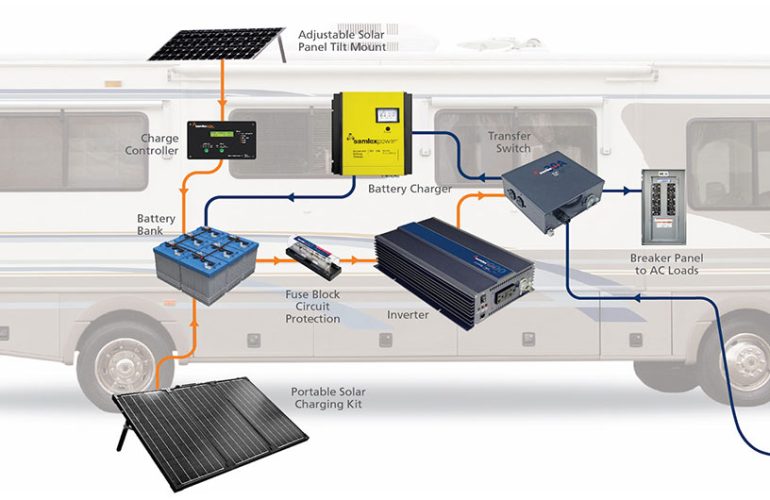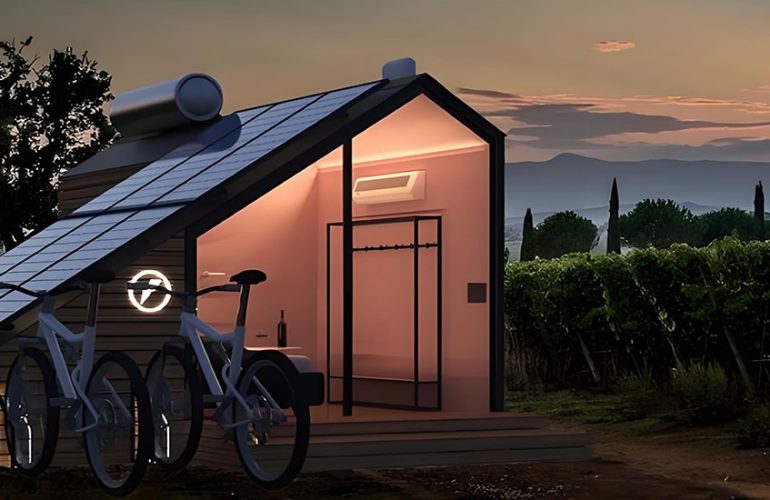Here is the professional translation of the household energy storage battery application report into English, with strict adherence to the citation format requirements:

Practical Applications of Household Energy Storage Batteries
Household energy storage batteries have diversified application scenarios, demonstrating significant advantages in improving energy efficiency, reducing costs, and ensuring power stability. The specific applications are categorized as follows:
I. Economic Electricity Optimization
-
Peak-Valley Tariff Optimization
-
Charge batteries during low-tariff periods at night (e.g., ¥0.3/kWh) and discharge during peak hours (e.g., ¥1.2/kWh), reducing electricity costs by 30–40% with a typical payback period of 5–8 years14.
-
Tesla Powerwall users achieved over 30% annual electricity savings when integrated with PV systems4.
-
PV Power Generation Enhancement
-
Store excess solar power during the day for nighttime use, increasing PV self-consumption to >70% and reducing grid dependence12.
-
German households achieved near-zero electricity bills via the "daytime generation + nighttime storage" model4.
II. Emergency & Off-Grid Power Supply
-
Backup Power During Outages
-
Maintain critical loads (refrigerators, medical devices) during disasters like typhoons/earthquakes (e.g., supported Japanese households for hours post-earthquake)19.
-
Remote microgrid systems (e.g., rural Yunnan/Guizhou) ensure basic living electricity18.
-
Off-Grid Energy Self-Sufficiency
-
Combine with PV/wind in grid-less areas (e.g., island projects using ES solutions)612.
-
Sodium batteries (e.g., Zeroka systems) retain 85% capacity at -30°C, solving low-temperature challenges8.

III. Smart Home & Grid Synergy
-
Home Energy Hub
-
Link with smart devices: Auto-activate cleaners during surplus storage; pre-charge EVs before peak tariffs⚡️8.
-
AI energy managers (e.g., EcoBrain) optimize charging/discharging based on weather/tariff forecasts8.
-
Grid Support Services
-
Participate in demand response: Discharge to grid during high-tariff periods for revenue (e.g., California’s TOU policy)47.
-
Stabilize PV fluctuations: Absorb solar intermittency to minimize grid impact17.
IV. EV Charging Support
-
Charge EVs overnight using stored energy, avoiding peak grid stress1.
-
A 500-household microgrid in Shanghai’s Lingang reduced community carbon emissions by 42%8.
V. Cost & Safety Advances
-
Cost Reduction: Sodium battery systems in China dropped to ¥1.5/Wh, with installations surging 300% YoY in tier-3/4 cities8; lithium batteries’ 10-year lifespan lowers replacement frequency9.
-
Safety: Triple protection (overcharge/discharge/short circuit) + BMS real-time thermal runaway monitoring913.
Case Comparison
|
Scenario
|
Technical Solution
|
Benefit
|
Case
|
|
Peak-Valley Arbitrage
|
Li/Na battery + smart dispatch
|
30–40% cost saving
|
California households4
|
|
Off-Grid Power
|
PV + storage microgrid
|
¥2,800 annual income per rural household
|
Yunnan/Guizhou villages8
|
|
Emergency Backup
|
Long-cycle Li batteries
|
>12h critical load support
|
Japan earthquake zones1
|

Future Trends: Policy drivers (e.g., China’s "PV poverty alleviation"), AI dispatch, and sodium battery cost advantages will expand applications in old-area retrofits and carbon-neutral communities813.



